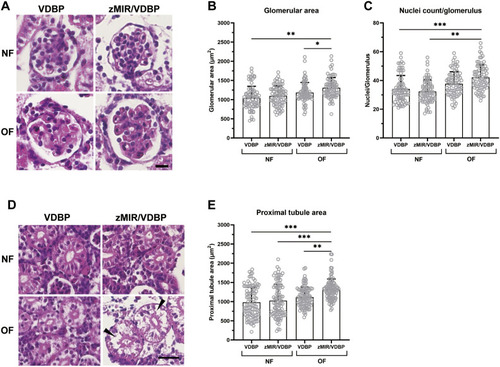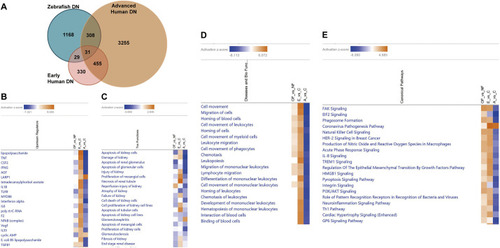- Title
-
Development of a novel zebrafish model of diabetic nephropathy
- Authors
- Zang, L., Saitoh, S., Katayama, K., Zhou, W., Nishimura, N., Shimada, Y.
- Source
- Full text @ Dis. Model. Mech.
|
PHENOTYPE:
|
|
PHENOTYPE:
|
|
PHENOTYPE:
|
|
PHENOTYPE:
|
|
|
|
|
|
|
|
|








